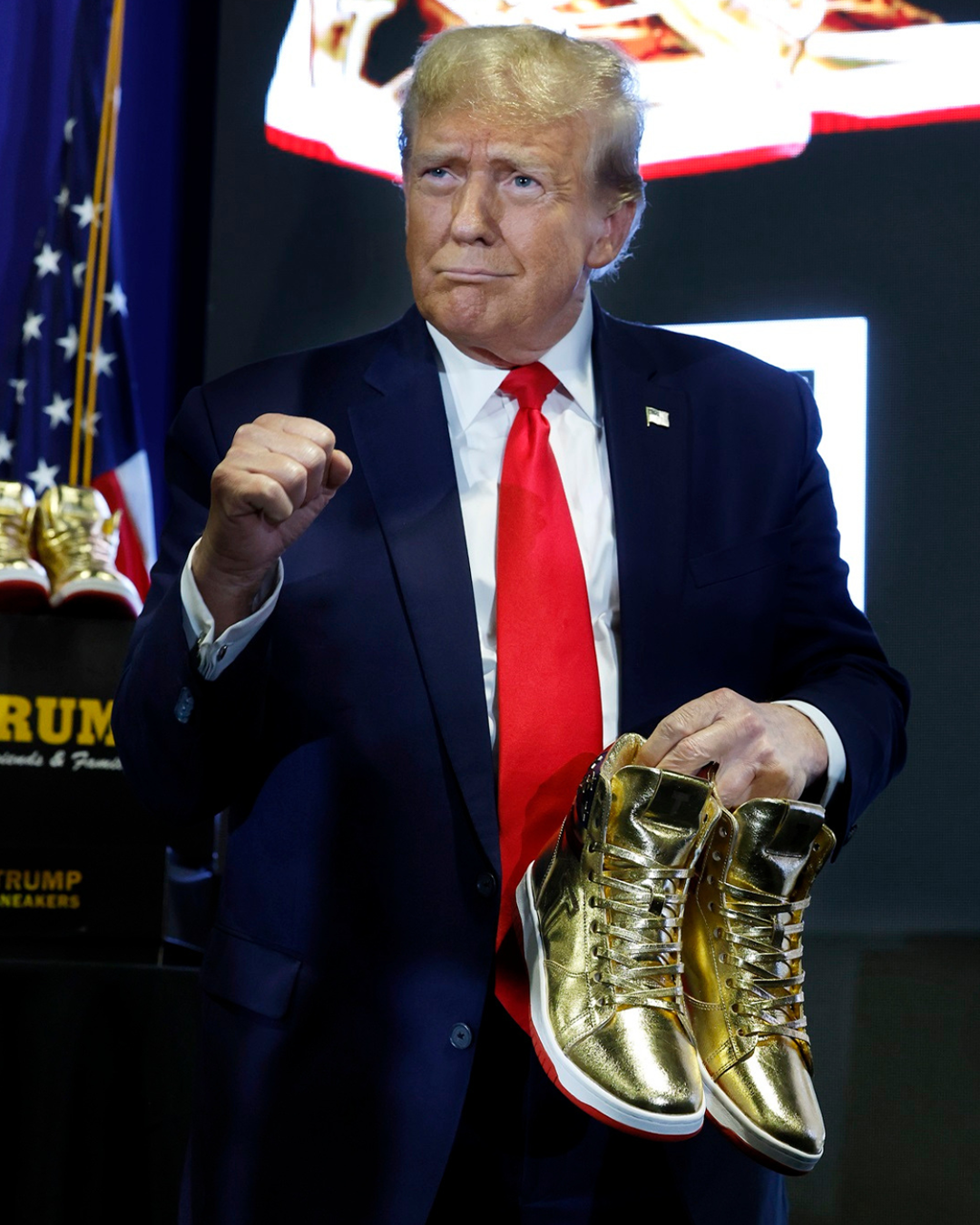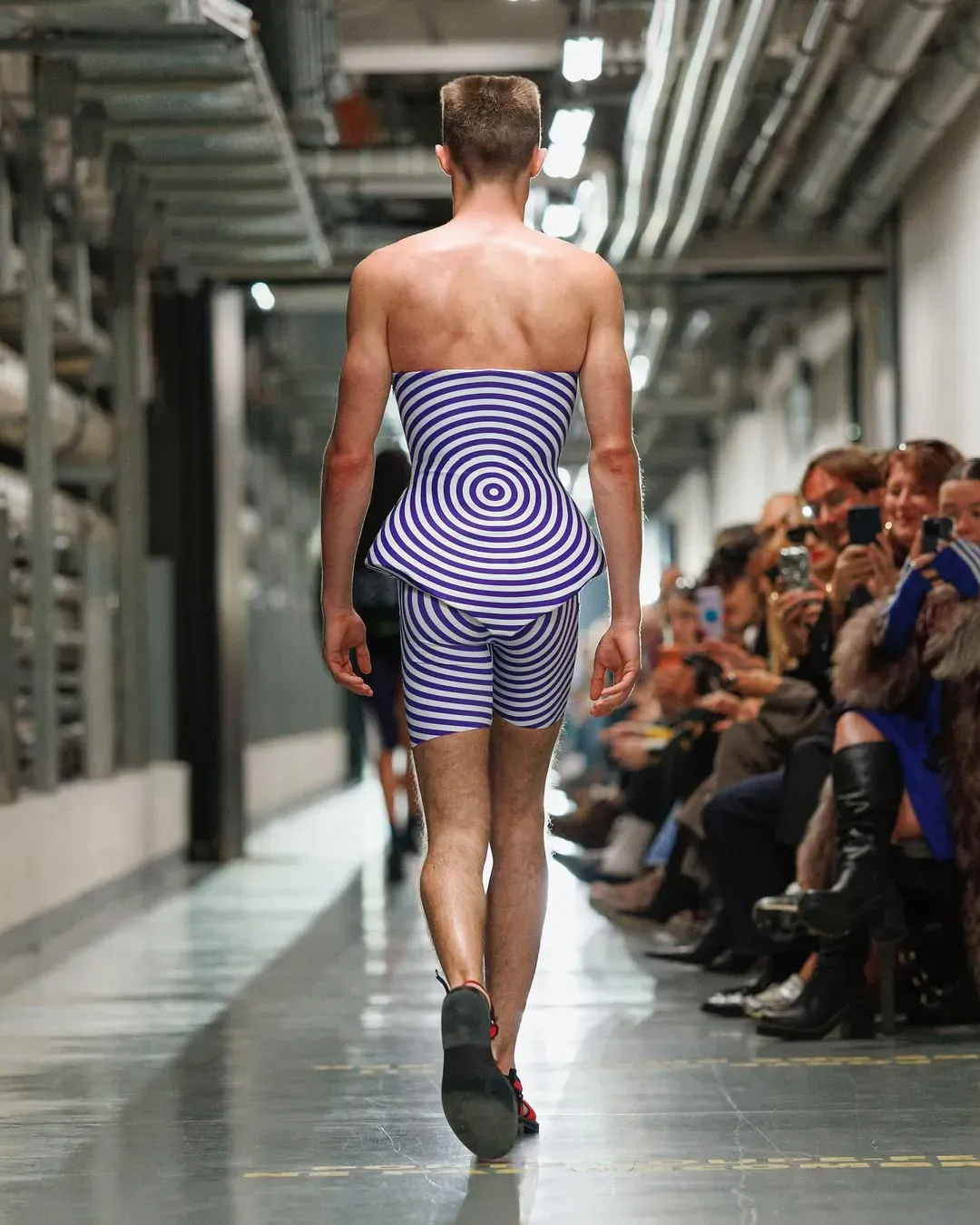
What's gonna happen to fashion now that Trump has won? The new political arrangement could have a lasting impact - and not always a positive one
The victory of Donald Trump in the U.S. elections has ushered in a new chapter for the fashion industry, preparing for a political shift marked by stricter trade policies, a potential return to "Made in America", and the possible rollback of various sustainability policies for businesses. With a Republican-controlled Congress, Senate, and Supreme Court, the Trump administration will have a degree of political power, as noted by Al Jazeera analysts, not seen since World War II. In his second term, the U.S. president will have the opportunity to implement fiscal and trade policies that will affect both the domestic and global fashion industry, introducing new tariffs, incentives for domestic production, and looser sustainability regulations. Beyond policy, which can be more clearly analyzed, the new presidency will also impact the international stage amid ongoing conflicts in Ukraine and the Middle East, and rising tensions around Taiwan, whose control is contested by China and the U.S. Here's what we can anticipate will change with Donald Trump's second term in the White House.
Trade Policies
@mogulmindsetmetaverse MAGA Tariffs Talk with Walt Masterson – What’s the Real Deal? Your thoughts? Description: "I’m Michelle Merriwether, your Democratic nominee for Chesterfield Township, Michigan. Walt Masterson is taking to the streets to break down tariffs and their impact on our community. Let’s dive into how these economic policies shape our local jobs, prices, and economy. Your voice matters, and so does staying informed! #ChesterfieldTownship #TariffsExplained #Vote2024 original sound - Mogul Mindset Metaverse/AI
International trade is a priority for the Trump administration, which has confirmed plans to introduce a universal tariff of 10-20% on all imports, with a significant surcharge on goods from China, where tariffs could rise to 60-100%, intensifying the wage war seen in recent years. These changes will directly impact the fashion industry, as the cost of many raw materials and imported finished products will increase, prompting many American brands to reconsider their supply chains and look toward more domestic or regional production. For European brands, higher import tariffs could affect the final prices of clothing and accessories produced in Italy, France, and Portugal, shifting price balances in favor of U.S. brands. If Harris had won, she might have avoided imposing a blanket tariff, considering it an “additional tax” on American families. In its political analysis, WWD wrote: «On Monday, the National Retail Federation stated that Trump’s tariff plan would reduce Americans' spending power by $46-78 billion annually, with consumers paying up to $13.9-24 billion more for clothing to cover the tariffs.»
Taxes on the Wealthy
Y’all are complaining about taxes & the cost of things. Guess whose tax plan we’re still under?
— Annalise Keating (@Ariannnyy_) October 28, 2024
*checks notes* Donald Trump’s.
During the campaign, Trump promised to maintain and extend many provisions of the 2017 Tax Cuts & Jobs Act, set to expire at the end of 2025, while introducing additional tax cuts. His proposal includes a corporate tax rate reduction from 21% to 15%, a move that, according to Tax Foundation analysis reported by CBS, would be the sixth-largest tax cut since World War II. His tax-cutting proposals mainly benefit high earners and large corporations. The corporate tax cuts would particularly benefit large companies and their investors, who are often high-income individuals. Even in terms of personal income tax, the main beneficiaries of the promised cuts would be high-income taxpayers. Although import tariffs may indirectly affect the wealthy, the benefits of tax cuts would minimize this impact for high earners, while tariffs would act as an indirect tax on all consumers, raising the cost of imported goods and thus the cost of living. While this "hidden tax" would also affect wealthy individuals, the percentage impact would be greater for middle- and lower-income households, with high earners feeling it less due to direct tax benefits. Harris, on the other hand, proposed a tax plan focusing on increasing taxes for corporations and high incomes, without raising taxes on those earning under $400,000. Harris aimed to raise the corporate tax rate from 21% to 28%, intending to fund social and environmental programs. Her plan included a $6,000 tax credit for new parents and a $25,000 credit for first-time homebuyers, benefitting primarily low- and middle-income families. According to the Penn Wharton Budget Model, high-income families, particularly the top 0.1% earning over $14 million annually, would see their taxes increase by approximately $167,000 per year.
Sustainability
Reminder: Victory for Trump is likely to all but end global hopes of staying below 1.5C, our analysis found in March https://t.co/D8YonQ4w65 pic.twitter.com/T2Rbkl0T2m
— Simon Evans (@DrSimEvans) November 6, 2024
Sustainability is crucial for the fashion industry, but under Trump, the drive toward sustainable practices could slow. His proposed policies suggest fewer regulations and no stringent requirements for adopting eco-friendly materials and processes. A potentially interesting aspect could be the incentives for brands that bring production back to the United States, promoting a form of "local sustainability" focused more on reducing imports than on environmental sustainability. Ironically, an opposite effect on fast fashion could occur: during Trump’s last administration, Shein found a legal loophole, avoiding 24% of taxes, as explained here by Wired. Trump has pledged to address this loophole through a reform of the “de minimis” rule, which allows duty-free entry into the U.S. for goods valued under $800. This exemption, used by fast-fashion giants like Shein and Temu to import low-cost goods, may be restricted under Trump’s administration, reducing the competitive edge of these foreign companies in favor of domestic production. The proposed “FIGHTING for America Act” could become a reality, banning the use of the “de minimis” rule for sensitive products like textiles and leather goods. Under Trump, stringent climate policies will likely be marginalized. The administration has indicated that no new strict emissions rules will be introduced, giving the fashion industry wide latitude to choose if and how to adopt low-impact environmental practices. While a carbon adjustment mechanism might still be considered to protect American competitiveness, the main goal will be to secure lower production costs.
Made in the USA
Trump has promised to revitalize domestic production in the United States, aiming to increase "Made in USA" output to make the American economy less dependent on imports, especially from China. Simultaneously, Trump has also pledged incentives for companies that invest in domestic production. During his presidency, he introduced tax breaks for manufacturing companies, including a 20% tax credit for new investments in the United States. With his second win, Trump plans to further extend these incentives, proposing to completely eliminate taxes on profits from investments in American manufacturing infrastructure to attract capital and create new jobs. According to projections from his team, these measures could create around 1 million manufacturing jobs by 2027. Trump's goal is to bring domestic production to a more competitive level, especially in strategic sectors like technology and automotive. However, according to the Peterson Institute for International Economics, cited by WWD, Trump’s tariff plan could also reduce U.S. GDP by 0.5% annually due to















































